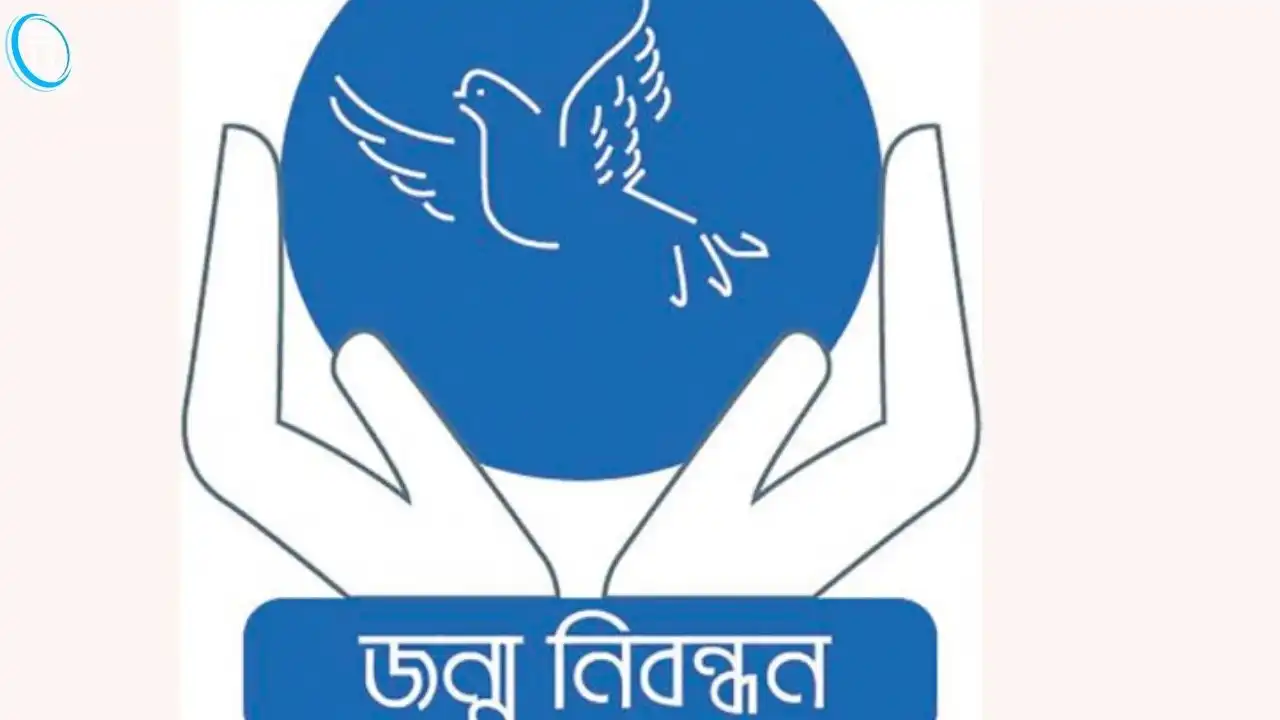When it comes to feeding your baby, safety and nutrition come first. Warming up baby food isn’t just about comfort—it helps enhance the taste and digestion for your little one. But improper heating can create hot spots, kill nutrients, or even cause burns.
So, how do you safely heat baby food at home or on the go? Let’s dive into the safest, most efficient techniques approved by pediatricians and food safety experts.
Read-Best Baby Teething Foods: Soothe Pain & Support Growth
️ Ideal Temperature for Baby Food
Baby food should be served warm—not hot. The recommended temperature is close to body temperature (98–100°F or 37–38°C).
Too hot = risk of mouth burns
Too cold = less palatable and harder to digest for babies
✅ Always test the food’s temperature on the inside of your wrist before serving.
5 Safe Ways to Heat Up Baby Food
Here are the most trusted and pediatrician-approved ways to warm baby food efficiently without compromising safety or nutrition:
1. Warm Water Bath (Bain-Marie Method)
Best For: Homemade purees, glass jars, breastmilk-based blends
-
Place the sealed baby food jar or storage container in a bowl of hot water.
-
Let it sit for 5–10 minutes.
-
Stir and test temperature before serving.
✅ Pros: Gentle heat, evenly warms, preserves nutrients
❌ Cons: Slightly slow, not ideal for large batches
2. Stovetop Heating (Double Boiler or Saucepan)
Best For: Frozen baby food cubes, homemade blends
-
Place food in a small saucepan on low heat.
-
Stir continuously to prevent burning.
-
Heat until warm—not boiling.
✅ Pros: Control over temperature
❌ Cons: Requires constant attention
3. Bottle Warmers with Baby Food Settings
Some modern bottle warmers come with baby food options.
-
Use a food jar adapter tray.
-
Place in warmer with water base.
-
Follow device instructions.
Choose models with a temperature sensor and auto shut-off.
According to Cleveland Clinic experts, using a bottle warmer with a timer is one of the safest ways to prevent overheating.
4. Microwave (With Precautions!)
Microwaving is fast but can cause hot spots—dangerous for babies.
If using microwave:
-
Use microwave-safe containers (no metal lids or plastic wrap)
-
Heat in 10-second intervals
-
Stir thoroughly after each round
-
Let it rest for 1 minute before testing temperature
Never microwave breastmilk or sealed jars.
5. Portable Food Warmers (For Travel)
Traveling? Use battery-powered or USB-based baby food warmers.
-
Add food pouch or jar to warmer
-
Set preferred temperature
-
Warm within 5–15 minutes
Great for outings, daycare, or flights.
Common Mistakes to Avoid When Warming Baby Food
Even experienced parents can make simple mistakes. Avoid these pitfalls:
| ❌ Mistake | ✅ Safer Alternative |
|---|---|
| Microwaving sealed jars | Always open before heating |
| Overheating food | Stir & check temp frequently |
| Reheating leftovers multiple times | Heat only the portion you’ll serve |
| Leaving food out too long after heat | Serve immediately or discard after 2 hrs |
Can You Heat Frozen Baby Food Directly?
Yes, but it must be thawed safely:
Read-Chicken and Rice Baby Food: Nutrition, Safety & Easy Homemade Recipes
Safe Thawing Methods:
-
Overnight in the refrigerator
-
Under cool running water
-
Using a warm water bath
Once thawed, heat using any method above. Never thaw or heat at room temperature to avoid bacterial growth.
What About Breastmilk-Based Foods?
Special care is needed when heating breastmilk blends:
-
Never microwave
-
Use warm water bath
-
Shake or stir to distribute temperature evenly
Breastmilk loses important antibodies and enzymes if overheated.
Reheating Store-Bought Baby Food
Most store-bought baby foods are pre-cooked and safe. However:
-
Never reheat directly from the jar
-
Scoop out only what your baby will eat
-
Warm separately, discard unused heated portions
This prevents saliva contamination which accelerates spoilage.
Best Tools for Warming Baby Food
Here’s a list of helpful kitchen gadgets:
| Tool | Use Case |
|---|---|
| Bottle warmer | Hands-free, portable option |
| Silicone feeding spoons | Heat-resistant and safe for babies |
| Glass baby food jars | Microwave-safe and non-toxic |
| Mesh feeders | Great for warming frozen fruit blends |
Pro Tips for Busy Parents
-
Batch freeze baby food in ice cube trays
-
Label with date & type for rotation
-
Reheat only what’s needed per meal
-
Always stir thoroughly before feeding
⌛ Most baby food lasts:
-
Refrigerated: 24–48 hours
-
Frozen: 1–3 months depending on ingredients
❓ FAQ
1. Can I reheat baby food more than once?
No. Only reheat the portion you’ll use. Discard leftovers after feeding.
2. Is it okay to serve baby food cold?
Yes, if your baby tolerates it. But most prefer food slightly warmed.
3. How long does heated baby food last?
After heating, serve within 2 hours. Do not refrigerate again.
4. What’s the best way to thaw baby food cubes?
Use the refrigerator overnight or a warm water bath before heating.
✅ Conclusion
Heating baby food is about more than just convenience—it’s about keeping your child safe, healthy, and happy. From water baths to modern warmers, there are many safe methods to choose from.
Always monitor temperature, stir thoroughly, and avoid reheating the same batch multiple times. With these practices, you’ll ensure your little one enjoys warm meals safely, every time.


